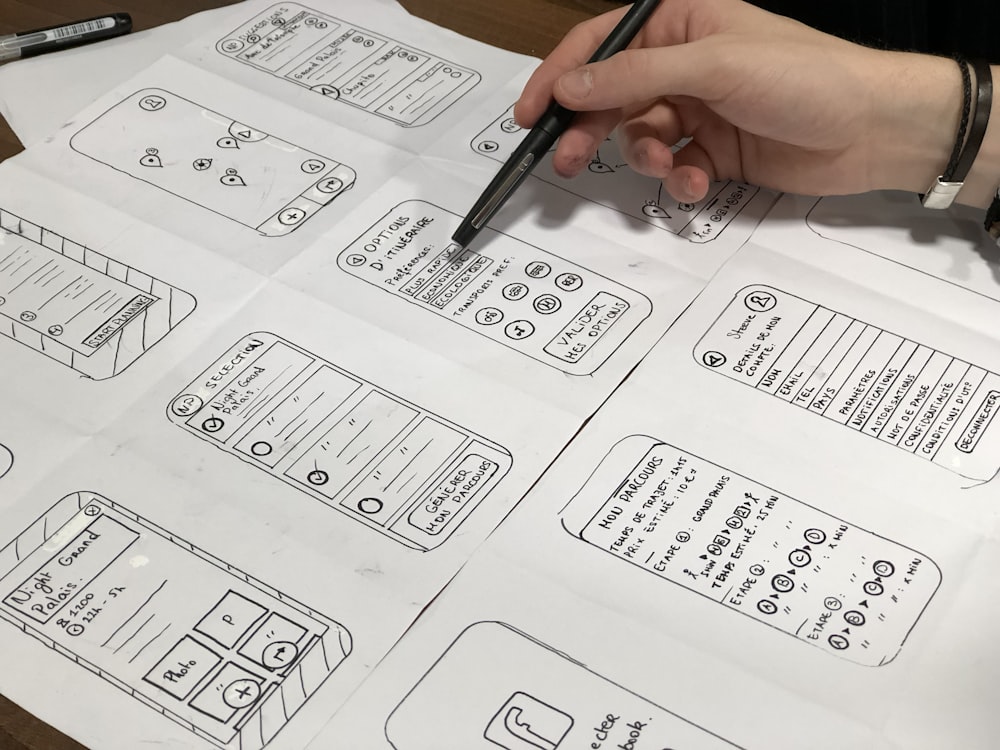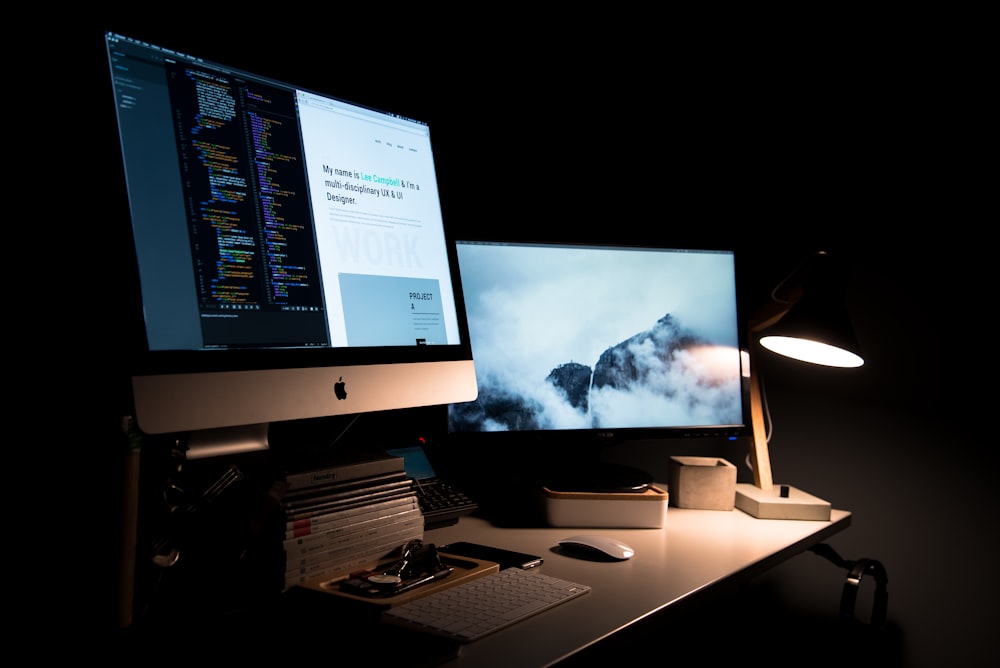Product designing is one such career that is high in demand and has employees switching careers in. Today, companies are releasing more vacancies to hire product designers than in years. The sense of innovation, creativity, and expertise they bring to the table directly impacts a business’ growth—be it a startup or a large corporation.
Wondering if you’re cut for the work it demands and if it’ll be a good career option for you?
Let us help you understand what the role entails and describe the various benefits of choosing product design as a career.
What does a product designer do?

A product designer is responsible for identifying a market opportunity and developing a product that fits it. Think of them as the frontline warrior examining everything wrong in their target market and see how they can help them solve that problem with a viable solution, i.e., their product.
Here’s what a typical product design lifecycle looks like:
- They start by assessing the problem- how strong the demand is for the solution and what people feel about a potential solution.
- They conduct market research to analyze the product-market fit.
- Once they have the data from user interviews, surveys, and competitor analysis, they synthesize their findings into themes and user personas. This helps them make better decisions.
- Upon conducting the research, they define the problem statement.
- Then comes the ideating and brainstorming part, where the product team sits together and discusses ideas for the solution.
- Once they finalize the solution, they create a prototype of it using a design tool and have the real users test it with specialized usability testing tools. This is done before the development process even begins.
🌟 UX Research Course Recommendation
🚀Are you interested in how to navigate the job search, ace interviews, get callbacks, and Land Your Dream UX Research Career?
Kevin Liang’s course provides detailed lessons on tackling even the most challenging technical questions with confidence. You’ll also learn how to craft a captivating cover letter and impress hiring managers by addressing their questions before they arise.
➡️ Learn more

Why product designing is a lucrative career choice
By now, you’d probably have guessed—the job of a product designer is one hell of a ride (a fun one, of course) as they partake in multiple responsibilities in their role.
While the job may seem challenging at first glance, it can spike your career graph to great heights.
Here are some benefits of being a product designer.
1. A product designer earns handsomely
Let’s admit it- no matter how passionate one is about one’s job, money is always a deciding factor in choosing a career. No one deliberately picks a low-paying job, and money is a department product design never disappoints.
To understand how much does a product designer earn, you need to consider the following factors that influence their salaries.
- Experience: Entry-level hires or fresh graduates who are looking to enter the industry are likely to earn about $50,000 per year in the US. On the other hand, a senior product designer earns as much as $120,000 per year.
- Industry: Product designing applies to every industry and field out there—electronics, automotive, software, banks, medical, telecommunications, and so on. The salary also depends on how profitable an industry or a business is.
- Nature of work: Most product designers work full-time, yet many aspirants opt for freelance roles for more flexibility in their work routines. The salary of a freelance product designer depends on the amount of work they partake in and the skillset they bring to the table.
2. You develop a diverse skillset

As a product designer, you wear multiple hats in a day. You’re a researcher, designer, data analyst, and at some points, a marketer. This doesn’t mean you do the job of all these professionals single-handedly—you acquire the skillset to lead these teams and weigh in as and when needed.
Needless to say, when you’re equipped with this kind of skillset, you become an asset to the market. You become indispensable for your company as your contribution is always noted and regarded as important.
More importantly, if you start acquiring these skills the moment you graduate before you know it, your emails will be swamped with offers, and you’ll be enjoying perks, bonuses, and promotions in your current job.
Here are the skills you need to debut in product design:
- Knowledge about how a business operates and functions
- Intensive research skills
- The ability to interpret data and make decisions based on it
- Core skills such as marketing, development, analytics, business intelligence, accounting, or anything under the sun
- Mad design skills and a hunger to simplify the matter at hand
- The ability to operate a UX tool or at least get the hang of it quickly
3. It’s easier to switch to product designing
It’s never too late to switch careers, especially when you’re determined about what you wish to pursue. When that career goal is product design, you couldn’t have chosen a better path. With the right talent and attitude, you can easily break into the field.
Let’s consider a few cases in which you can make the career shift:
- Software developer: For a developer, troubleshooting is their second nature. They’re constantly understanding software holistically and using problem-solving skills to solve a bug. All they need is to shift their mindset to user accessibility and what goes on on the user’s end of the application, and you’re on your way to becoming a product designer.
- Graphic designer: Since designers are already aware of prototyping and letting their creativity go wild, this career change won’t be tough for them. Also, as they already speak the ‘design’ language, they only need a good understanding of the market and product aspects of it, and they’re gold.
- Marketer: Marketers have the easiest transition path, as they know the market and are well-versed with the user’s pain points. They’re highly invested in solving the problem anyway, which is why getting deeper into the market and user experience will help you get there.
Regardless of the industry you’re in, you can easily transition into a product designer by being proactive and a keen observant. Observe the common ground between both roles, and figure out what you do best.
Work on improving those skills, and meanwhile, try to earn projects—by taking up contract work or seeking internal projects in your company. This will help you build a portfolio around the role, which you can use to start your career as a product designer.
4. It opens doors to a plethora of career opportunities

Being a product designer allows you to acquire so many skills in your career that you never ever have to worry about finding another job again. Even if, at some point, you decide to retire from the product designing field and pick another line of work, your hard-earned skills will be your north star.
- Your research and data analysis skills will help you write high-authority whitepapers and reports and strategize marketing plans
- Your market understanding will be enough to open your own startup where you can hire your team of product designers (a full circle moment indeed)
- You’d make a great manager and a team leader with all that time you spent managing product teams
5. You witness the impact your ideas create
It can be monotonous to sit in a cubicle all day, or in your home offices for that matter, and work on the assigned task all day, every day. The same old, clocking in, clocking out, updating task status, attending meetings, without any knowledge of what happens on the client side of the business.
Do you wonder how your work impacts the organization or its clients?
That’s a privilege product designers get to enjoy as they literally see their ideas coming to life and witness them being used by the customers. If you’re one of those curious and challenge-seeking professionals, product designing is one definite stop for you.
Not only will you understand users’ needs and the market more deeply, but you’ll instantly be able to see how users perceive your designed products. Moreover, you’ll be the one to decide what your next set of responsibilities is to make it even better.
Takeaways for aspiring product designers
Product designing is a lucrative career for those having the desired skillset and an eye to identify potential opportunities.
Remember not to be too focused on technical skills—these skills you can acquire anytime in your career. Instead, focus on learning about the design aspect of a product—how you can design a product better to suit users’ needs.
Never swim around the surface—dig deeper into a problem, be curious about the ‘why,’ and iterate collaboratively with your product team. Moreover, shift your ‘employee mindset’ to thinking like a leader and an innovator, and soon, things will fall into place. And while you’re at it, register for your free UXtweak account and find out what your users really want and need.






